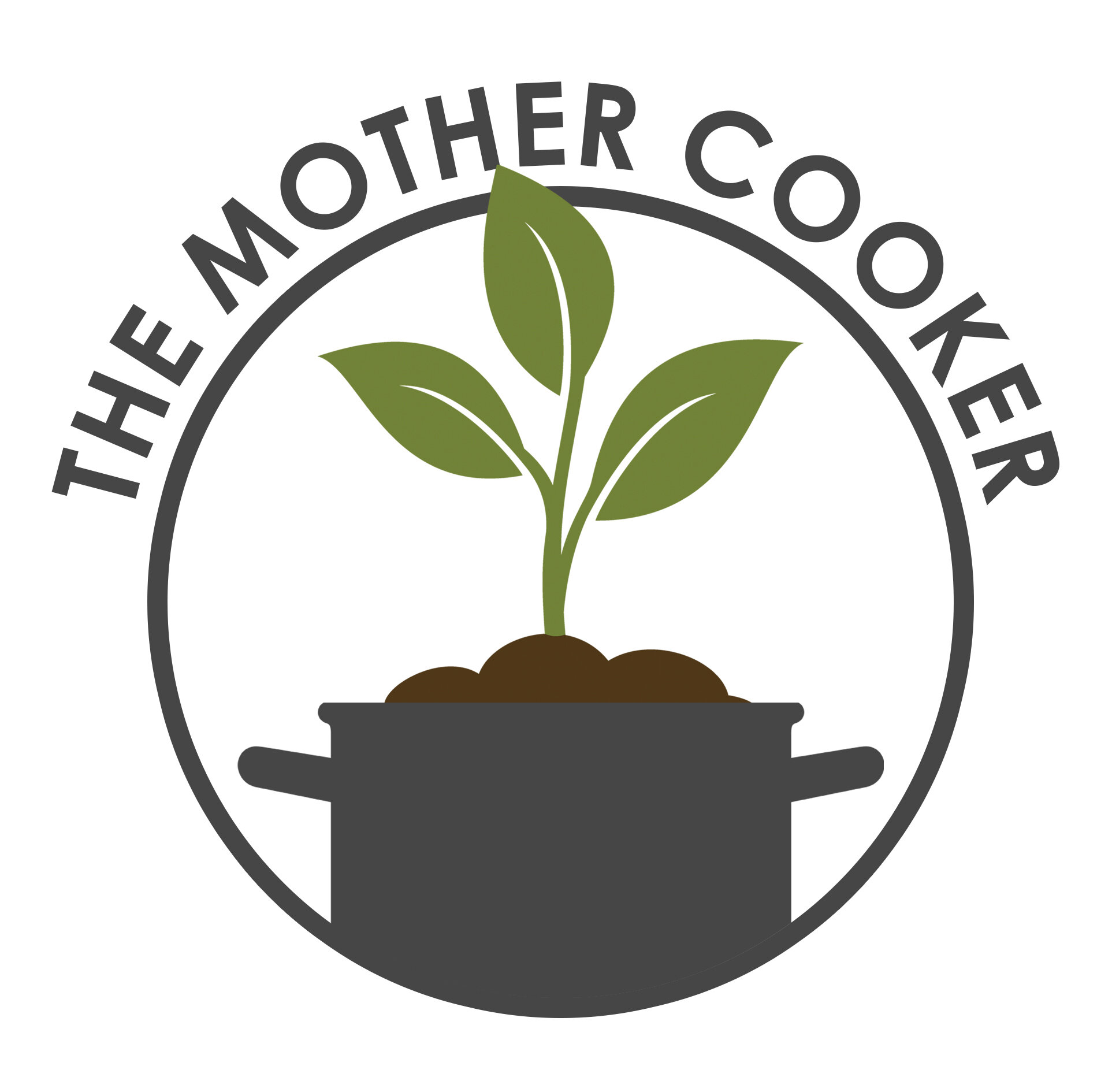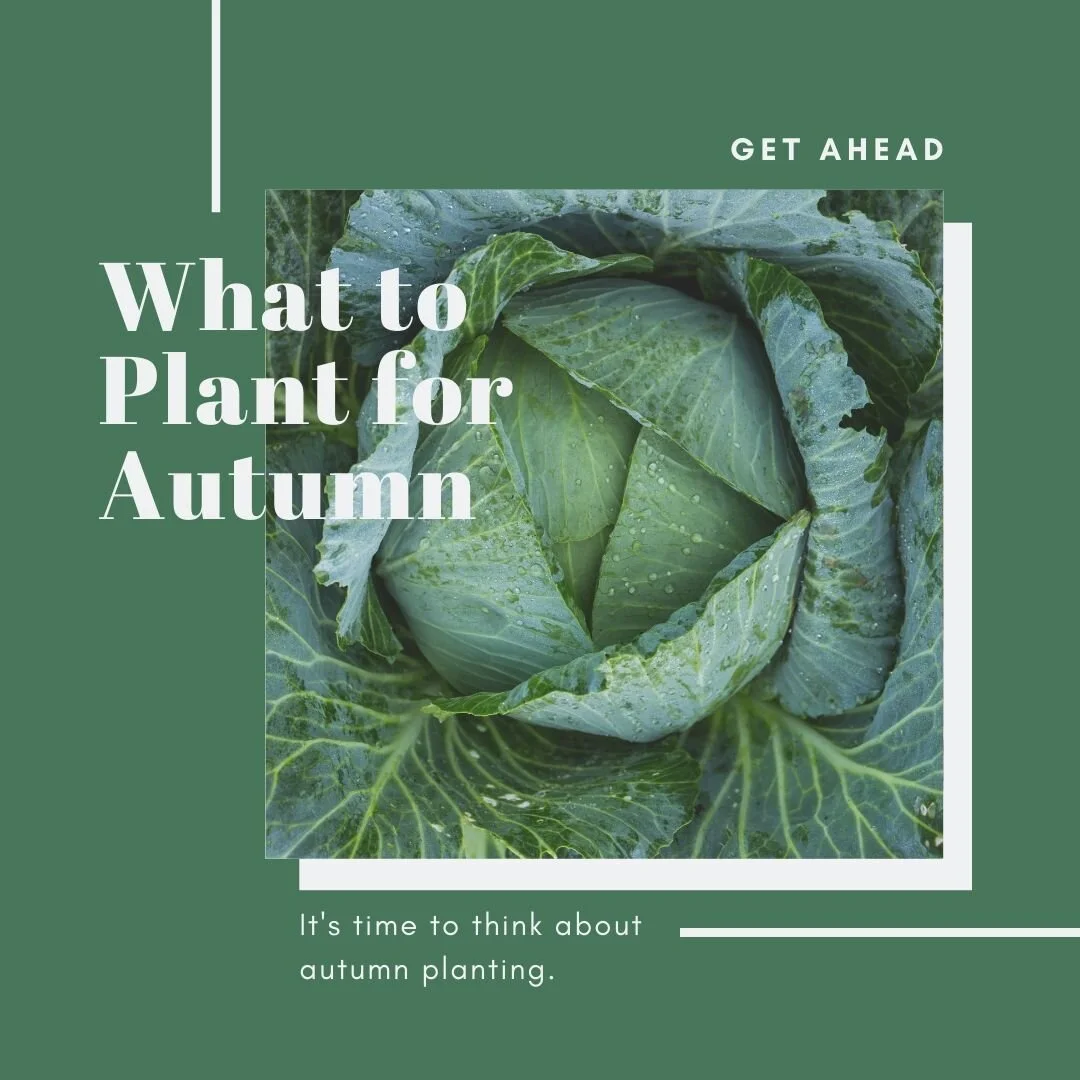What to Plant for an Autumn Crop
What to Plant for Autumn | The Mother Cooker
It might be the start of summer, but now is the time to start thinking about autumn planting. One of the things I really strive for, is to plant all year round. I don't like to leave my beds completely bare in the colder months and there are lots of things you can grow in the cooler weather.
One of the main things to think about when planting for autumn is days to maturity. Things will take a lot longer to produce with lower light and temperatures. So getting the balance right and planning ahead is crucial to success.
You can work out when to sow by checking out when your first frost date is and counting back the days of maturity. Find yours via this website. This will tell you the last day you can sow your crops on. So for example, if your frost date is Oct 28th and you are sowing peas, count back 70-90 days. Meaning you need to sow them by at least August 26th. I hope that makes sense?
So what can you grow? Leafy vegetables will take precedent over most, but there are lots of other things you can grow. Find the list below:
Swede
Sow swede no later than the second week of June, it needs a firm seed bed that has a lot of organic matter mixed in. Sow 2cm (¾in) deep in rows 38cm (15in) apart, and thin to 23cm (9in) apart. They are a long term crop and can take up to 6 months to mature. But you can often lift them by September.
Cabbage
It takes around 50-90 days for cabbages to reach maturity and there are varieties that naturally mature in autumn/winter. Seeds are usually sown in mid-summer, so around late June/early July. Varieties include Belarusskaya 455, Greyhound and Hope (or "Nadzeya").
CORIANDER
Coriander is a cool loving herb believe it or not. You can sow it in either February or late summer for an autumn crop. It takes 60-70 days for maturity. Great for salads, soups and curries.
Pak Choi
One of my favourites. An upright, succulent green that can be thrown in stir fry or soup. I love it quickly cooked with soy, chilli and garlic for a quick side. It takes 45-75 to maturity. It will need some protection from frost but will happily grow away.
Radishes
Radishes prefer a cooler temperature and are fast to mature. Autumn conditions are perfect for these peppery pops of colour. With a maturity of 30-60 days, they'll be one of the fastest crops. You can also eat the greens, which will be less ravaged by the bugs once the heat has gone.
Lettuce, Rocket and Spinach
There are many lettuce varieties that can be sown for autumn, in fact you can grow them all the way through the winter if you give them a little protection from frost. You can even just sow them straight into a compost bag. Simply lay it flat, poke some drainage holes in the bottom and then cut a section in the top. Sprinkle the lettuce seed in and cover it with a plastic container. If you have a cold frame, this will work too. Spinach and rocket are cool weather crops and prefer cooler temperatures. So you'll probably find they'll do better.
Beetroot
Beetroot can be planted 8-10 weeks before your first frost. It takes a while to fruit, but you can harvest the greens no problem. The leaves are similar to the taste of swiss chard and you can harvest them in as little as 21 days. Great for adding in to soup, stir fry or breakfast eggs.
Spring Onions
I love planting spring onions every few weeks, I love making scones with them. But you can over winter varieties like 'White Lisbon' and they will be ready at the start of spring. I can say from experience that they are worth it.
Kale and Broccoli
Kale is delicious when bitten by a little frost. If you sow some in early summer, it will have arrived at a decent size by autumn and will over winter. Kale is delicious for pesto, breakfast, salad, soups, curries and stir fry. Calabrese broccoli can be sown now too, a delicious brassica. With both of these, make sure to add some good organic matter into the planting hole. They love nitrogen and thrive better when fed regularly.
Carrots
If you plant carrots in July, they should be ready before your first frost appears. The cold tends to make them sweeter and they can be stored in the ground until you are ready to eat them. If you harvest them, they can be stored somewhere cool in sand to make them last longer. A garage or cold frame would work great.
AND FOR AUTUMN?
Garlic, onion sets, broad beans, peas and asparagus can all be planted for a spring/early summer crop.

